The Problem
Many software engineers are able to developing products base on raspberry pi, but few of them are good at soldering. Pi zero is very small, it's a good choice when you plan to create a portable prototype. But when it comes with a power bank connected, it's not longer that cute. So we are thinking if there is a portable, solderless solution to supply power for pi zero, it will be very friendly for raspberry pi beginners!
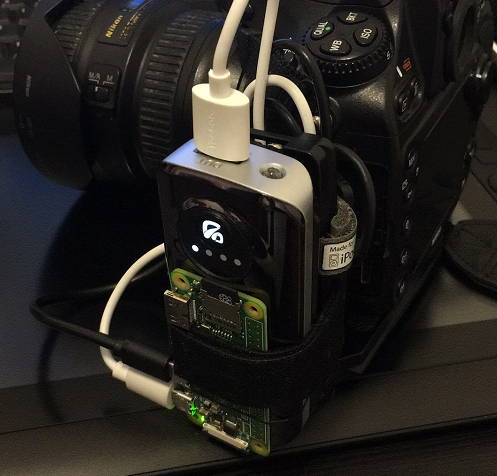
Project Video
How It Works (PiSugar 1)
PiSugar battery module use small spring pins to power pi zero from its backside. The 5V power is transited via two bottom pads of pi zero. Therefore it's no need to have a USB cable. Attach the battery board to the back of pi zero is the only thing you need to do.
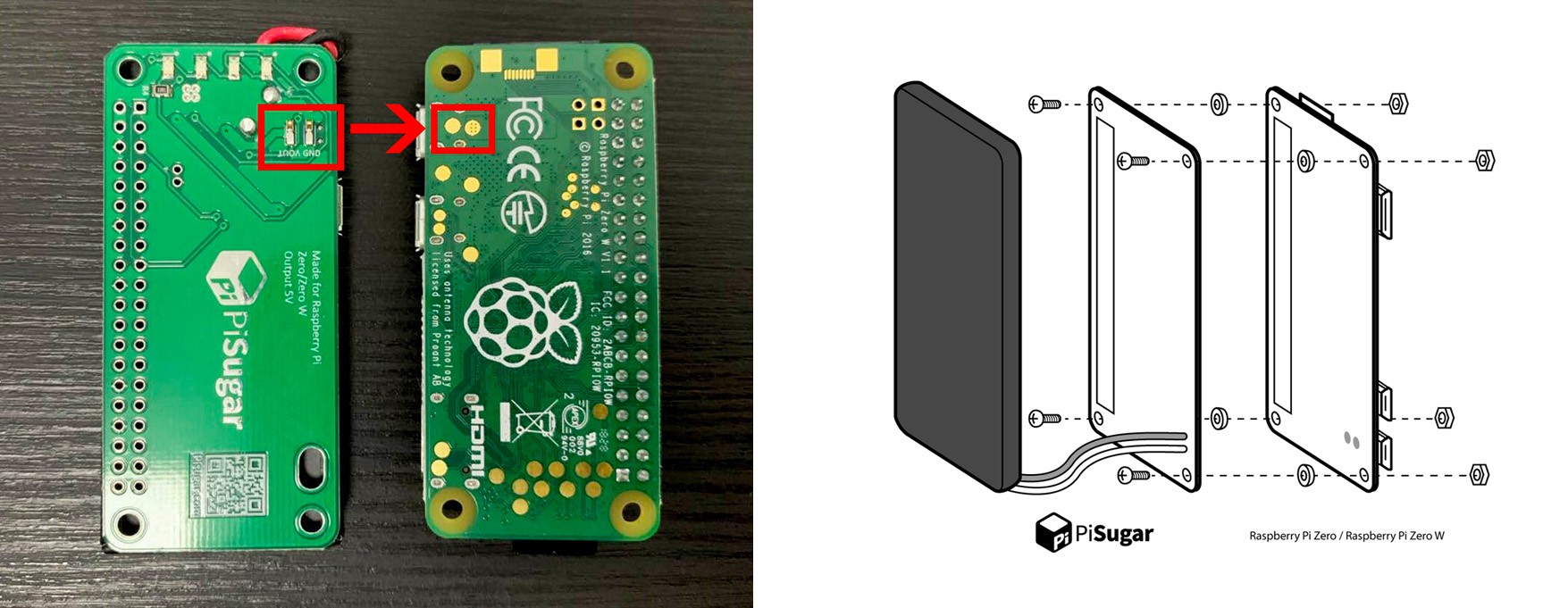
The Li-on battery and the board have the same dimension, so it will mask the screw wholes. Also placing the battery directly on the board is not good for radiating. Therefore we use a magnet to attract the battery to the board, it keeps enough distance between the battery and the board. In another hand, when you need to use the screw wholes, you can easy move away the battery.
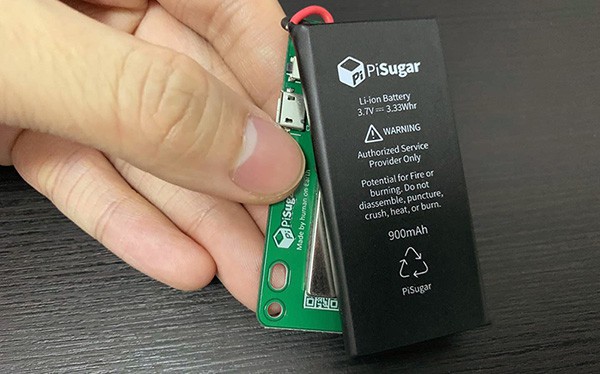
SPEC (PiSugar 1)
- same size as pi zero
- super easy to install
- compatible with other piHats
- micro USB charging
- on-board switch
- magnetic design
Full Introduction
Installation
PiSugar has a on-board switch, you can light up your pi zero anywhere with one click. Double click to turn off. Also you can use it when it is charging.
PiSugar Battery is now available on amazon and mercadolibre.
Purchase links:
US, Spain, Italy, France, Germany, UK, Brazil , Argentina, Chile, Mexico
PiSugar Cases
As our goal to make Raspberry Pi more friendly to beginners. We also develop 3D print case models for pi and battery. Also we are continuously creating caps for different piHats! It's now open-source. You can download STL files and print your own pi case.
Basic Case: https://github.com/PiSugar/PiSugar/tree/master/model
Use Cases
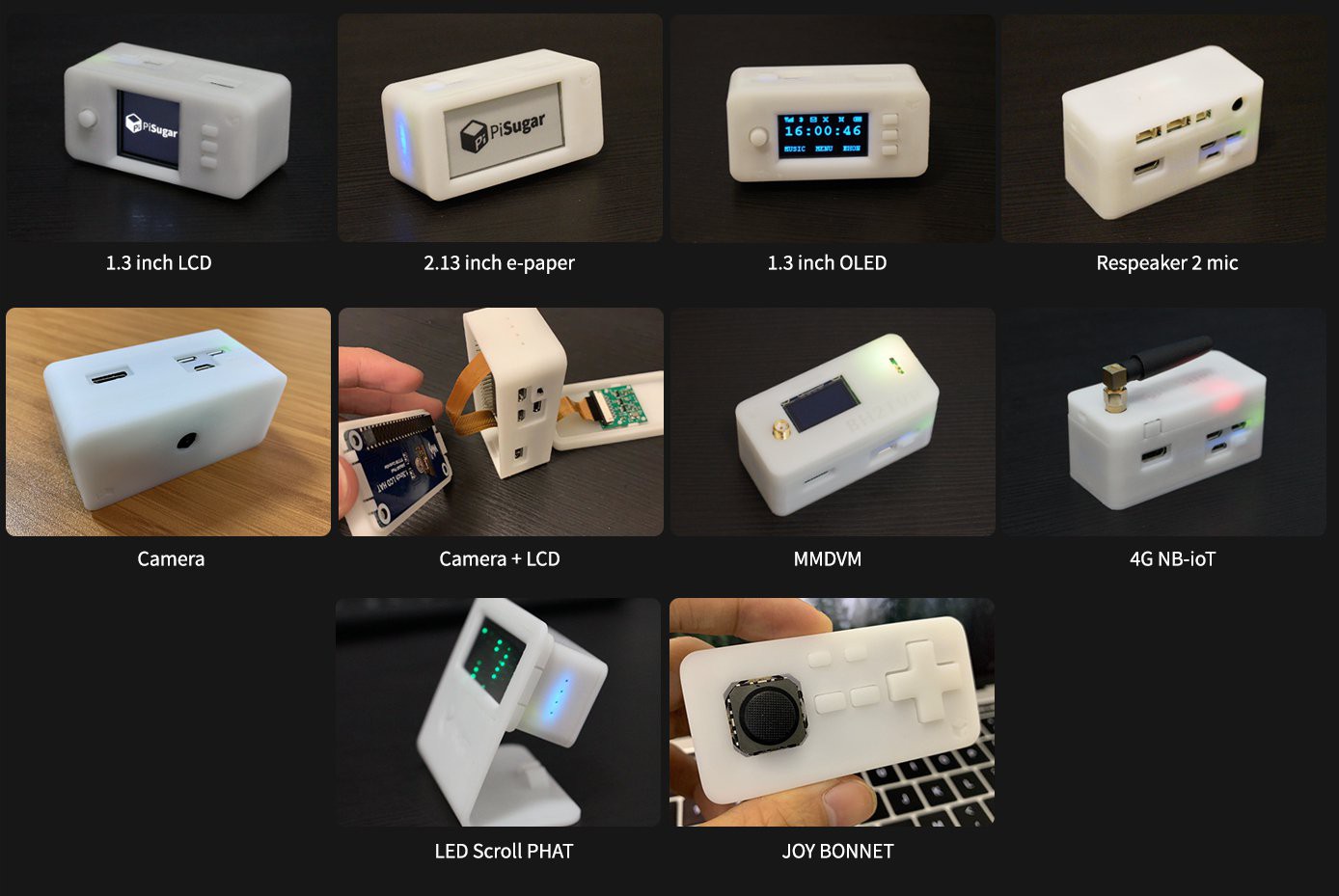
Download PiHat Caps: https://github.com/PiSugar/pisugar-case-pihat-cap
About PiSugar 2
It has been half a year since we started designing PiSugar 2. This time we have added lots of important features without increasing its size!
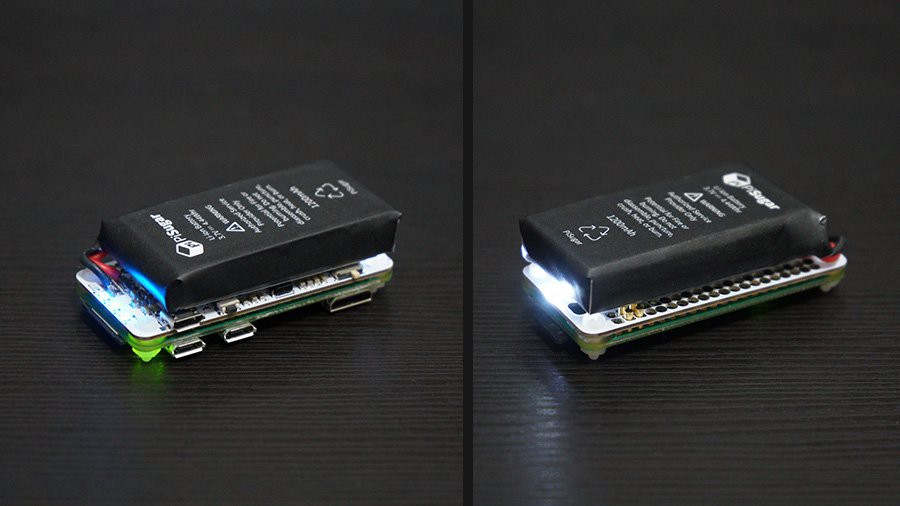
How PiSugar 2 Works
In the previous generation we use spring contact to connect pi zero’s bottom pads. However pi zero cannot interact with the battery without data connection.
Therefore In PiSugar 2, we use special designed pogo pin (sugar-pin) to connect gpio from the bottom. By connecting 5V, GND and 2 i2c pins, we are now able to reach to status of the battery....
Read more » Jdaie
Jdaie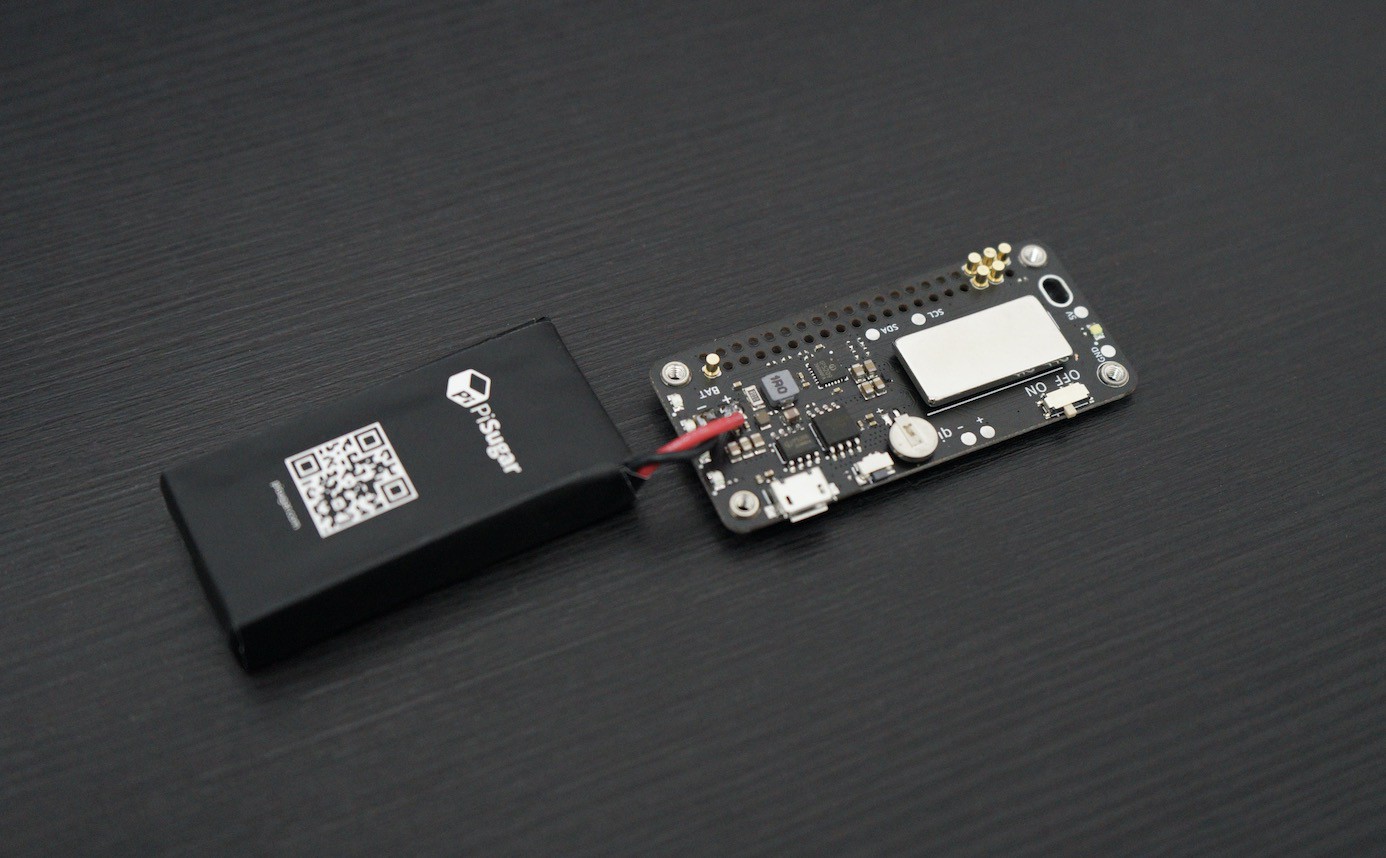

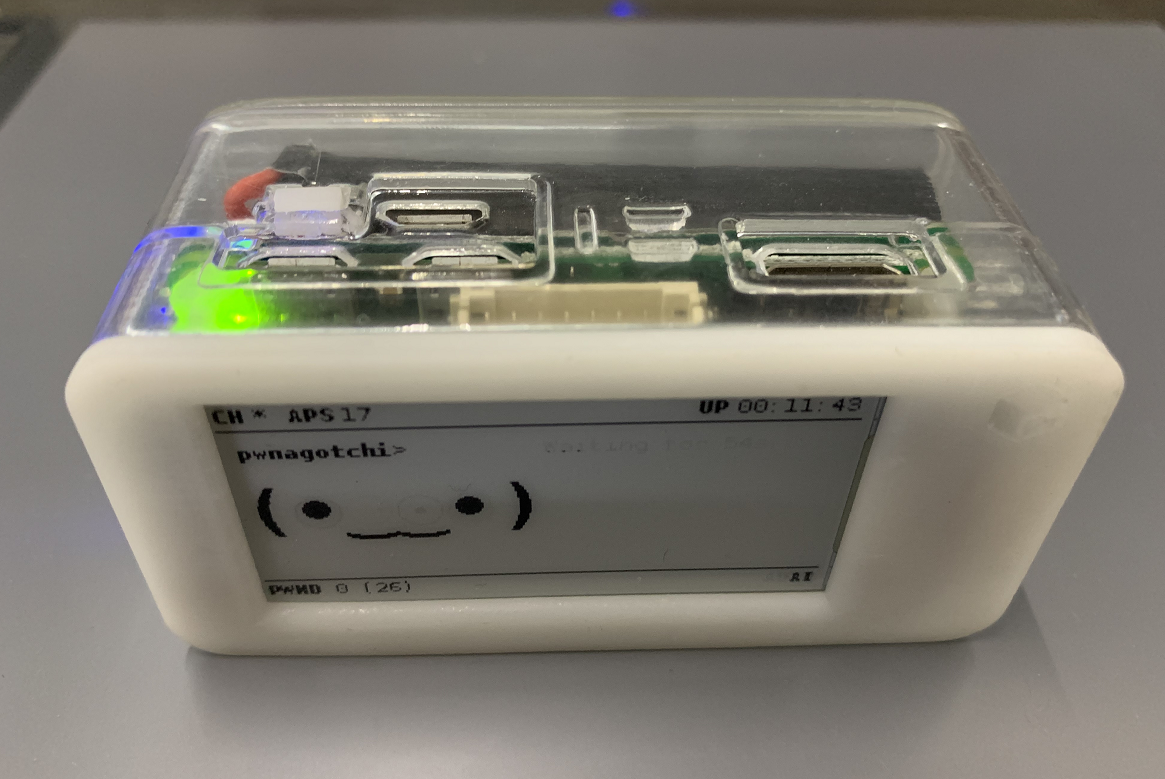
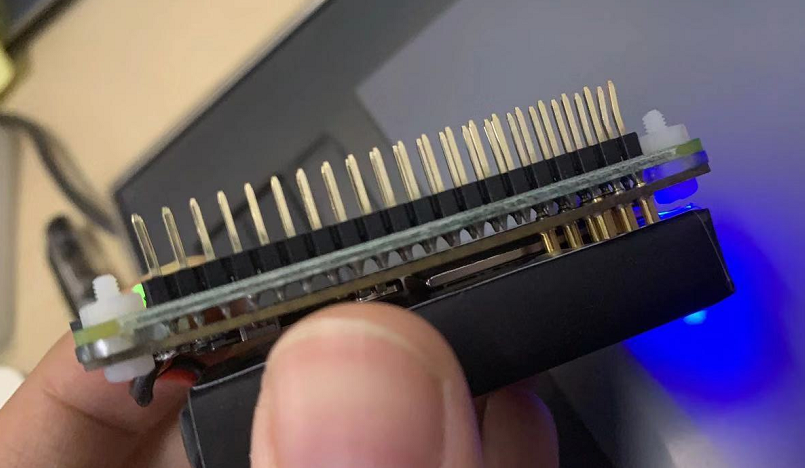
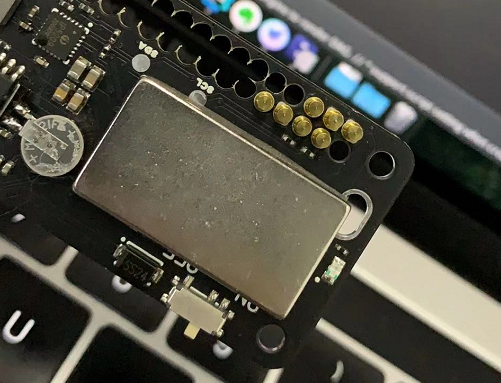

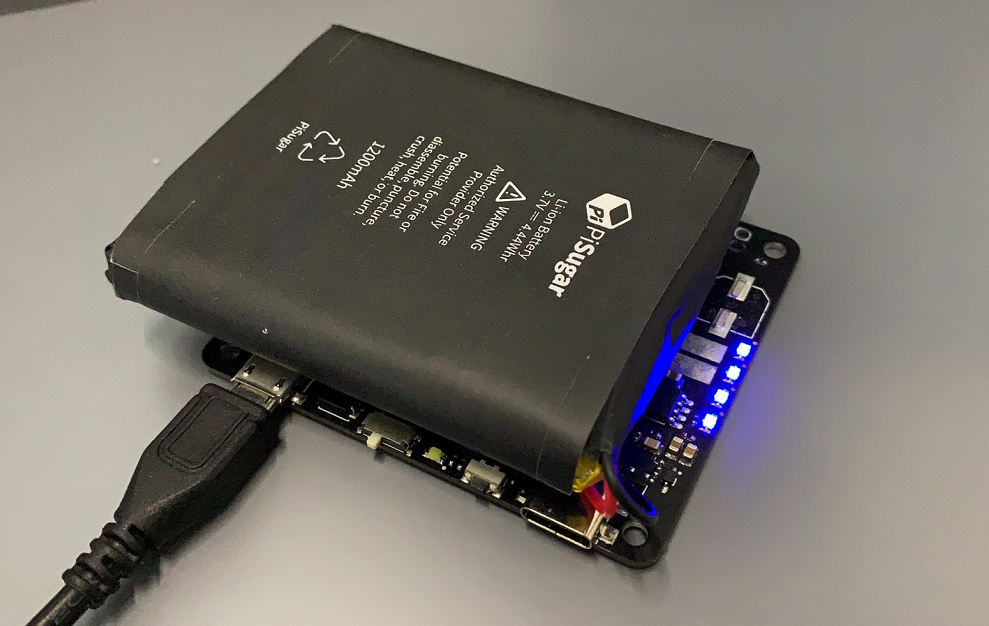

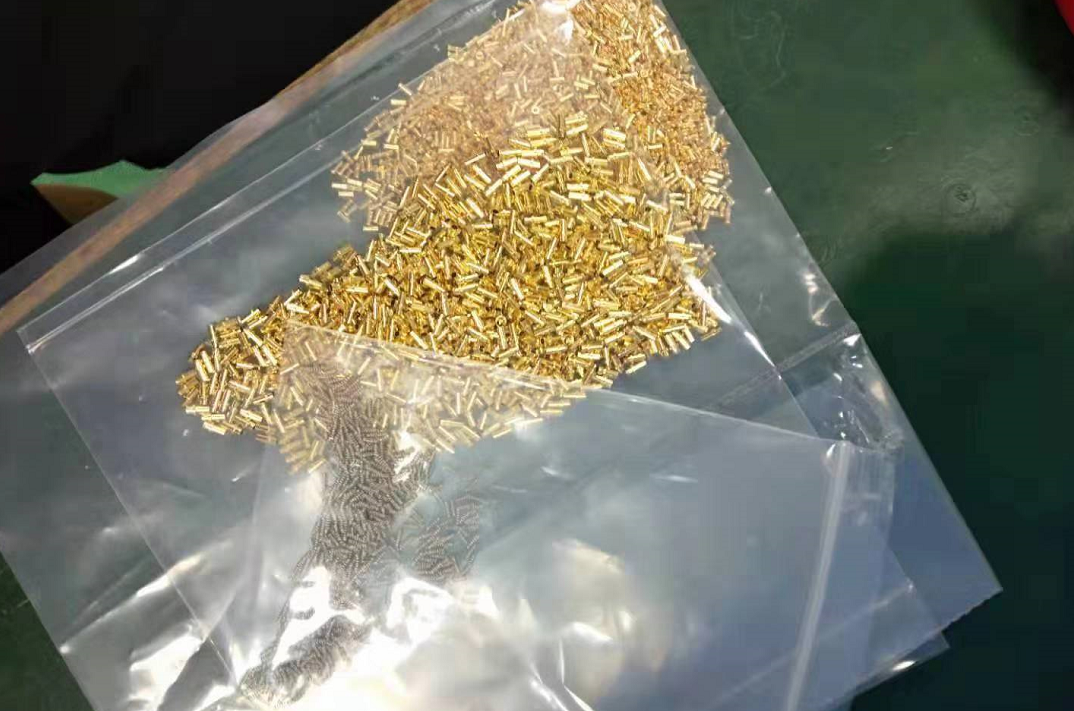
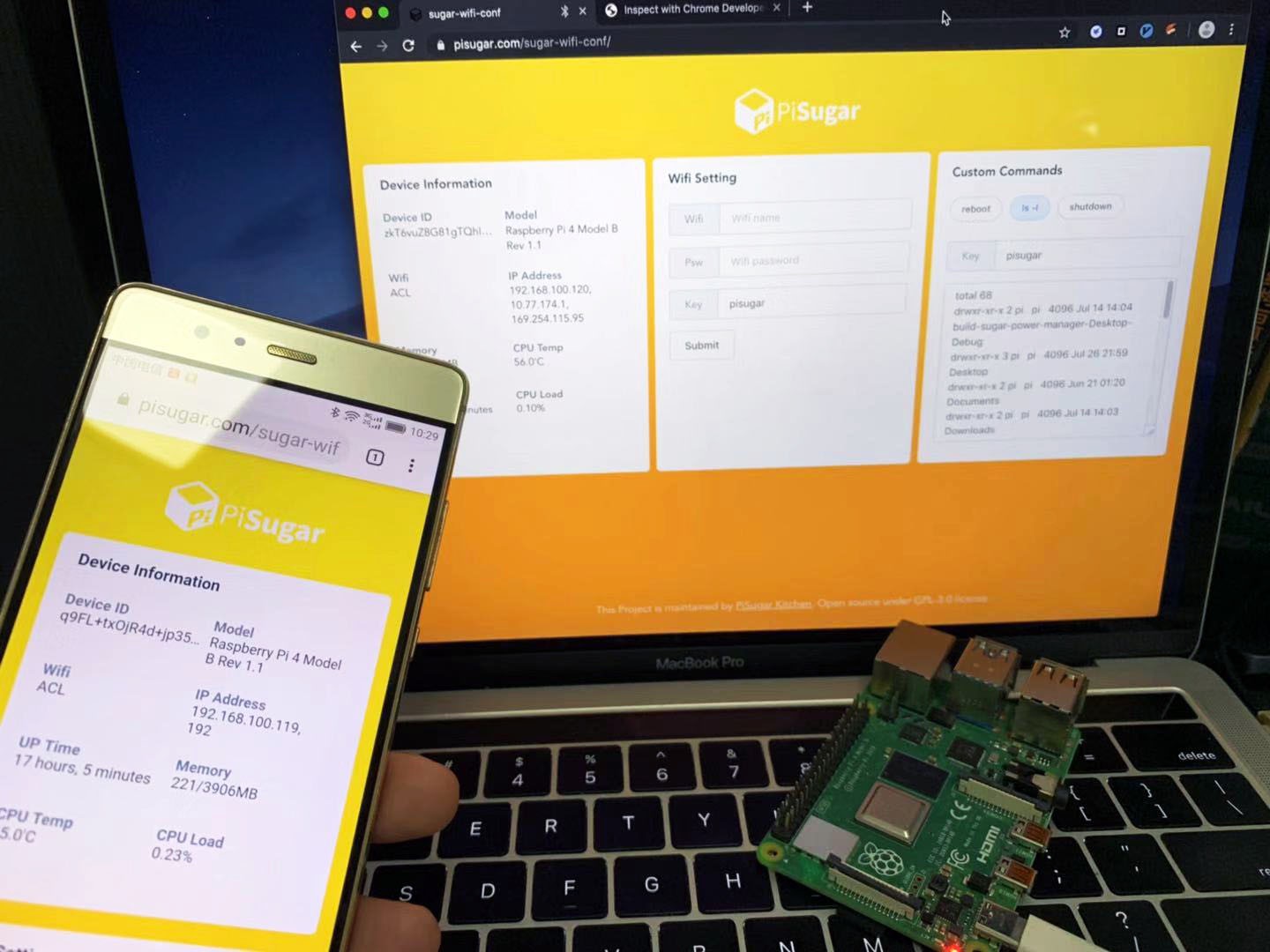
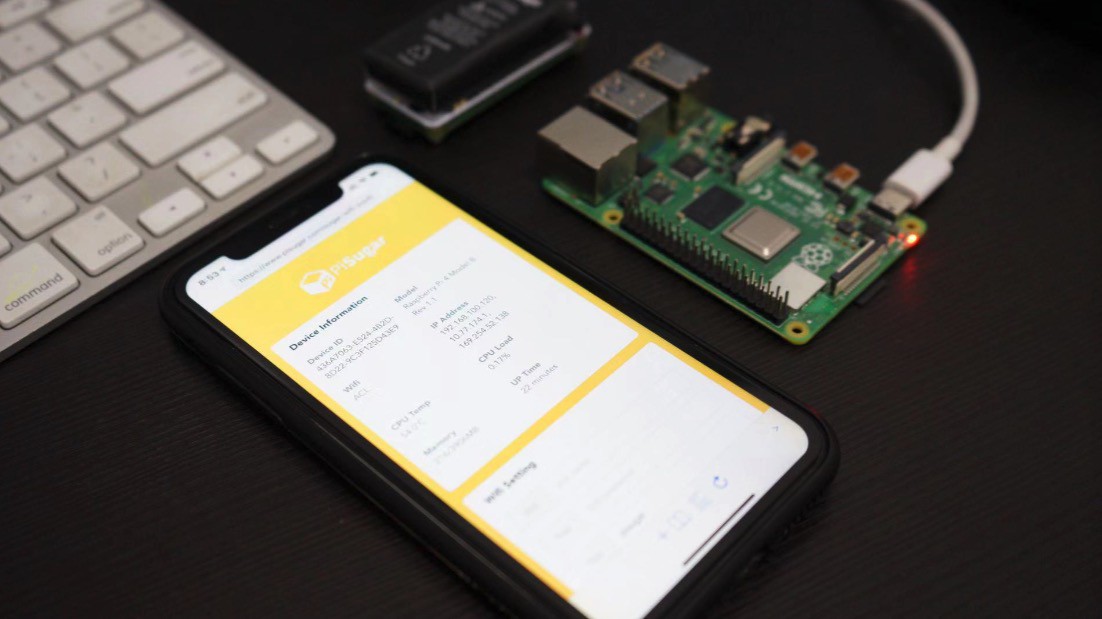
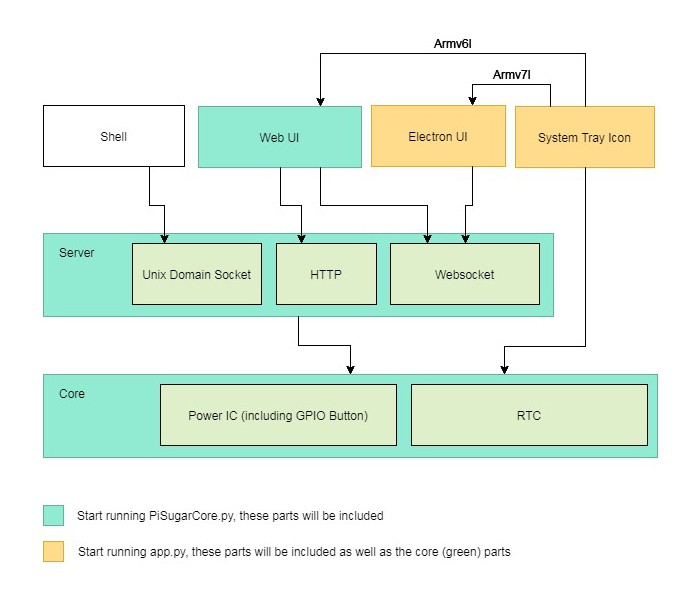

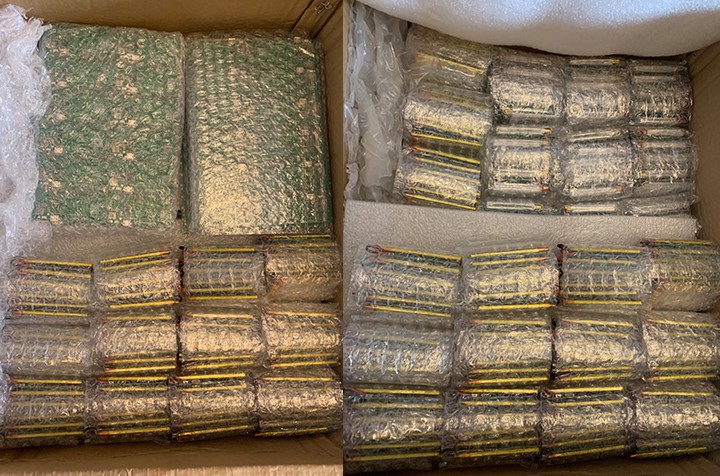
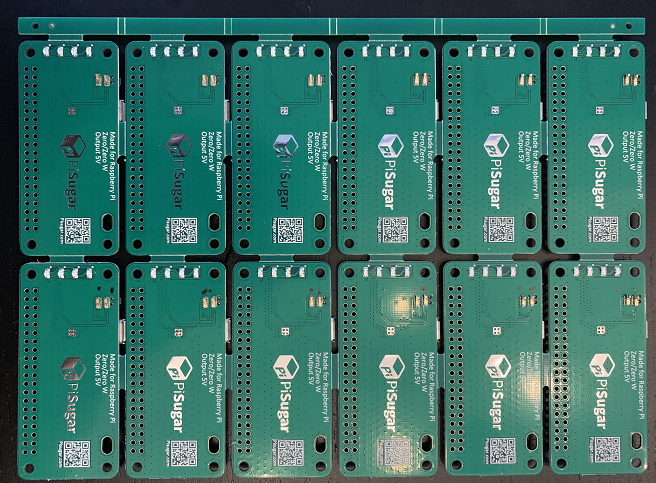
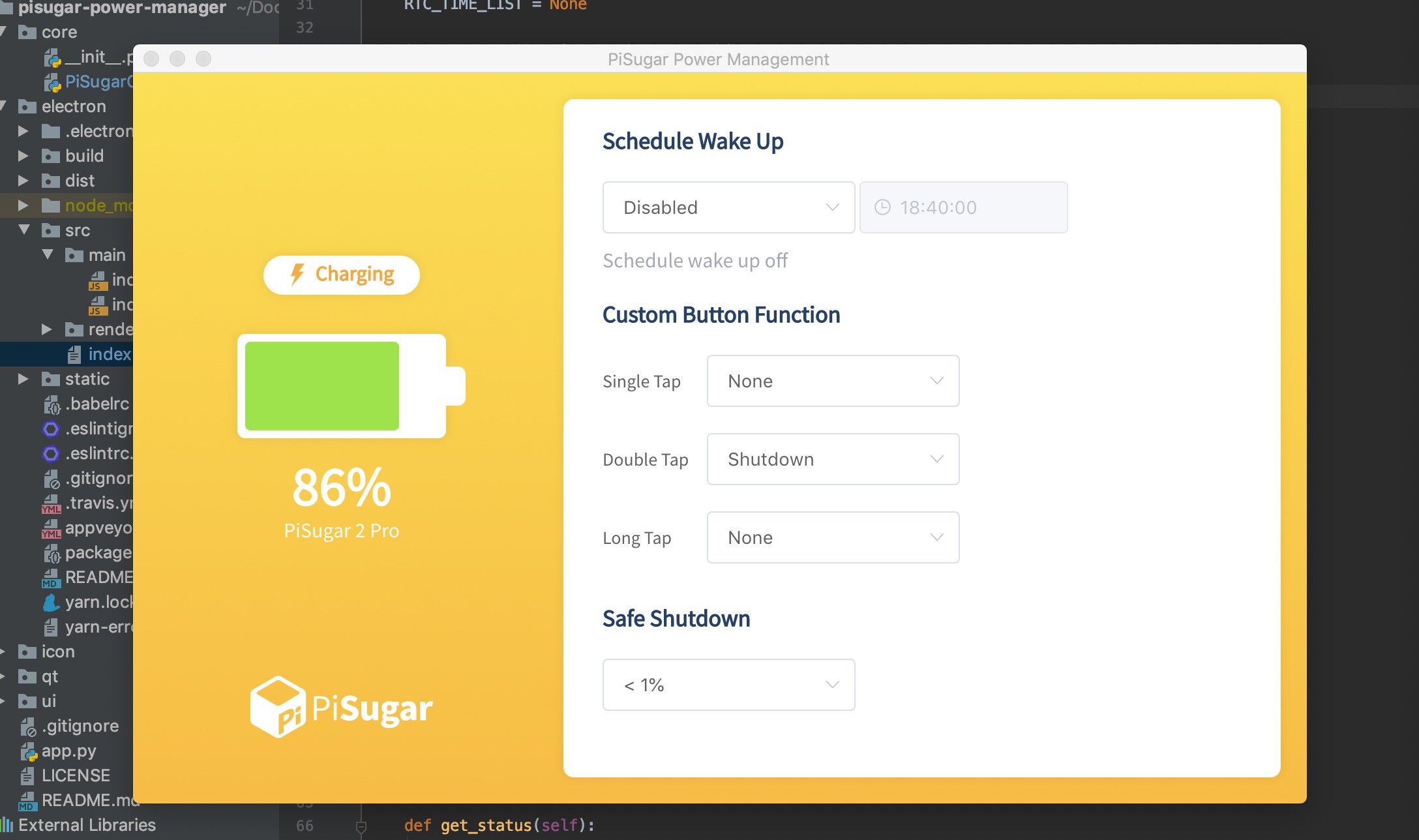
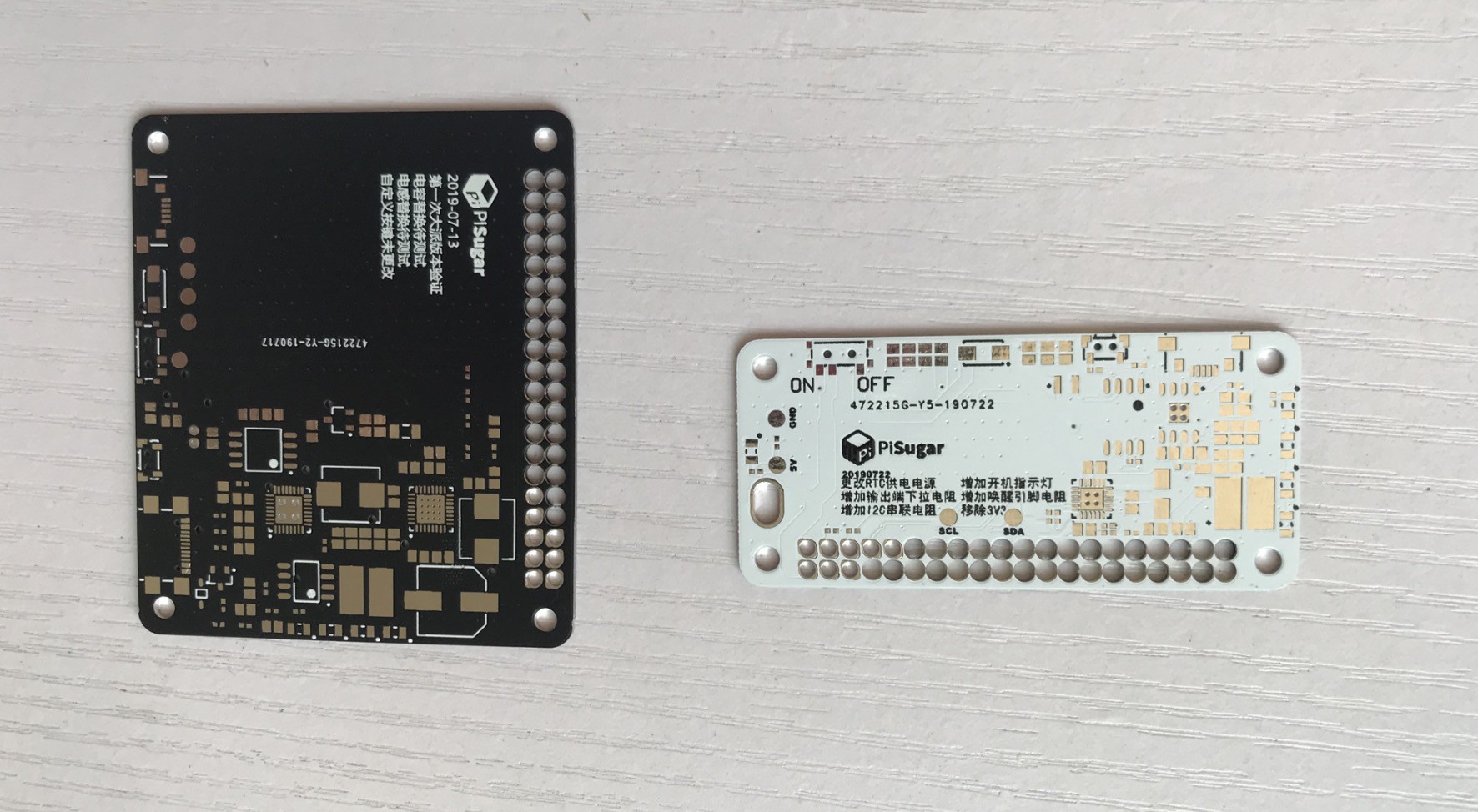



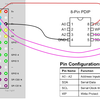


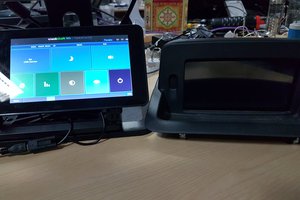
 Craig Hissett
Craig Hissett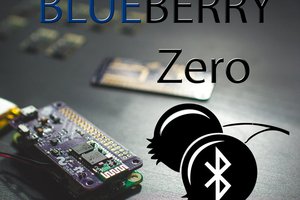
 Sean Hodgins
Sean Hodgins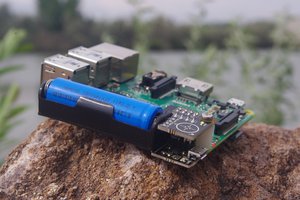
 Patrick Van Oosterwijck
Patrick Van Oosterwijck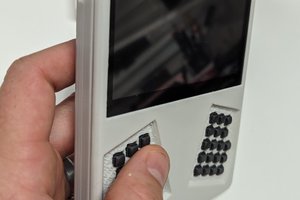
 Dan (a8ksh4)
Dan (a8ksh4)
Is this an about-to-be-released commercial product? The lack of a shutdown function is going to lead to data loss, particularly with the "beginners" you are targeting. People will hate you.
Love the 3D designs, though.